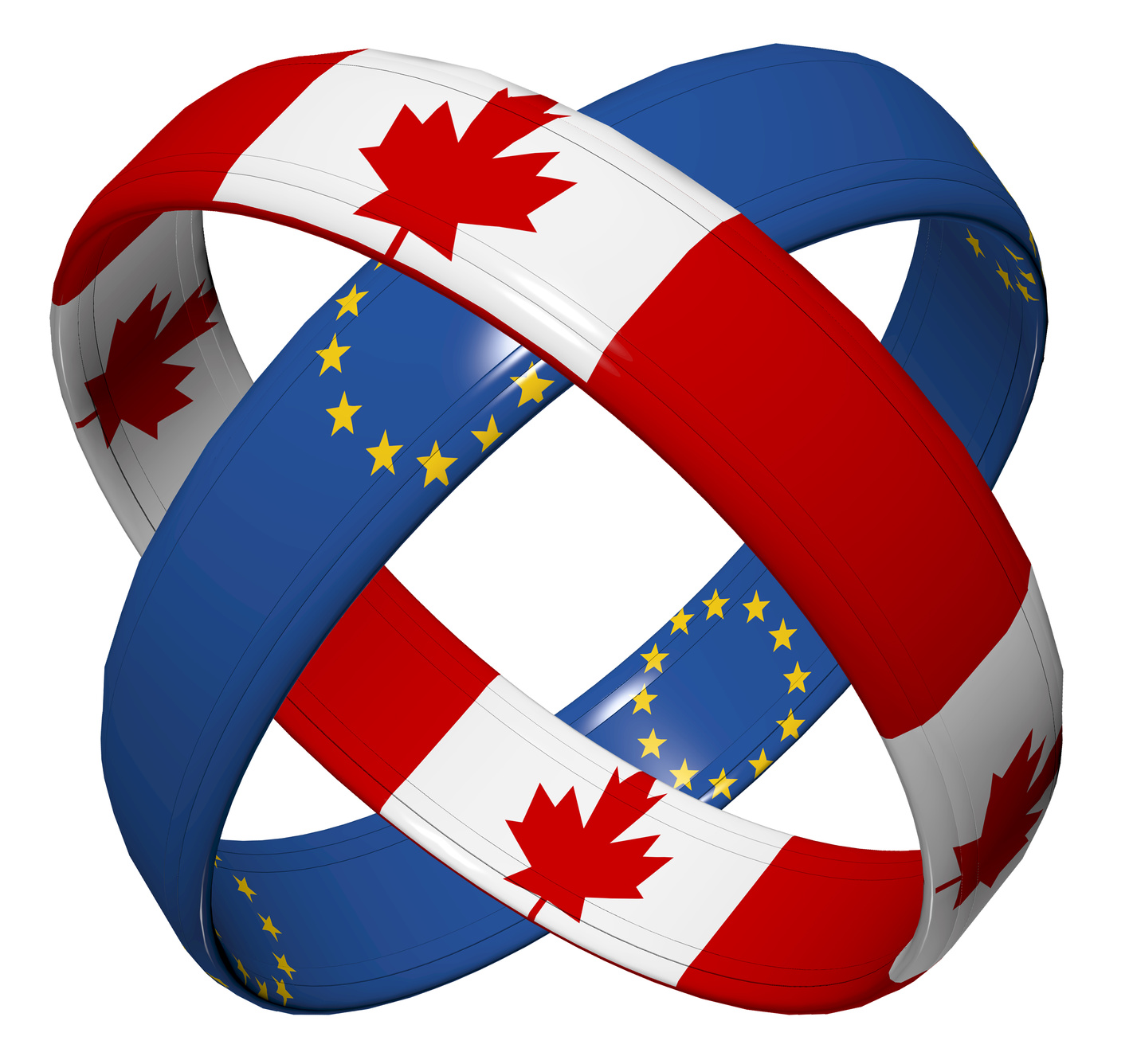Article: by Arne Mielken BA(Hons) MA MIEx (Grad), IOE&IT Young President

The IOE&IT previously reported on the long-awaited Comprehensive Economic and Trade Agreement (CETA) between the European Union and Canada - read the full article here.
Negotiated for nearly five years and four months, the trade agreement, signed by both the European Union and Canadian representatives in October 2016, first received a positive recommendation from the EU International Trade Committee in the European Parliament (EP) on 24 January 2017. CETA has now been approved in a plenary vote in the European Parliament’s plenary session on 15 February 2017.
The value of CETA
With the value of goods traded between the two partners in 2015 valued at €63.5 billion (around £54 billion), this FTA presents massive savings and growth potential. When the EU or Canadian customs officials confer preferential origin on goods being traded between the two blocs, the rate of duty can be reduced up to zero, providing immediate costs savings.
Provision implementation from April 2017
This positive vote from the Members of the European Parliament (MEPs), in combination with the Canadian Parliament passing C-30 (the Canadian half of ratification) would implement the FTA provisionally from April. The full implementation would have to wait for the ratification of the EU Member States, as well as several regional parliaments, totaling almost 40 different ratifications.
Why a provisional implementation of CETA?
The EU is implementing this agreement as a mixed agreement, as the trade deal is so wide reaching that it covers areas in which the EU has exclusive authority, and areas where the Member States retain the final decision. The provisional implementation is a result of this, as the EU has the final authority on issues, which pertain exclusively to the EU’s Common Commercial and Trade policy. Therefore, the provisional implementation includes 90% of CETA including 98% of all tariff duties between the two parties (92% immediately, the rest over a staggered 3, 5, or 7 year period).
For which product groups are positive tariff rates maintained?
CETA is expected to remove all tariffs between the EU and Canada, except those charged on public services, audiovisual and transport services and a few agricultural products. It would also lead to the mutual recognition of certifications for a wide range of products, from electrical goods to toys.
Which agricultural products continue to have a positive rate of duty?
Although the EU and Canada would be able to export over 90 of its agricultural and food products duty free, some 143 European products that are associated with a specific town or region and that enjoy a great reputation because of their qualities remain protected. This includes products such as feta from Greece and Roquefort from France.
How can EU / Canadian traders know which duty rates actually applies under CETA?
It remains, therefore, important to verify the actual import duties (as well as any other taxes and freight costs, which make up the total landed costs) that may apply.
Import Controls: Health and safety, environment and social or consumers rights in CETA
At the same time, all imports from Canada would still have to meet EU rules and regulations and vice versa. CETA would not lower or change health and safety, environment and social or consumers rights standards in Canada or the EU. As a result, all EU and Canadian import regulations including licenses, permits, inspections, quotas and other restrictions need to be understood and maintained.
Understanding CETA Rules of Origin
As we have seen, CETA can be a source of significant cost savings for UK traders. However, many companies might forego these benefits because of the effort to manually administer it. The first step to leveraging CETA is to determine how the products traded may qualify under CETA. This requires a comparison between the product classifications for the goods being shipped with the associated rules of origin in CETA. If you need help understanding the CETA agreement or any aspects of it, be aware that the IOE& IT offers a “Technical Help for Exporters” Helpline for its members.
Learning about CETA
The IOE & IT offers short courses on Trade Agreements and Rules of Origin and a Diploma in World Customs Compliance & Regulations, which covers a comprehensive and in-depth range of topics in customs compliance and regulation.

